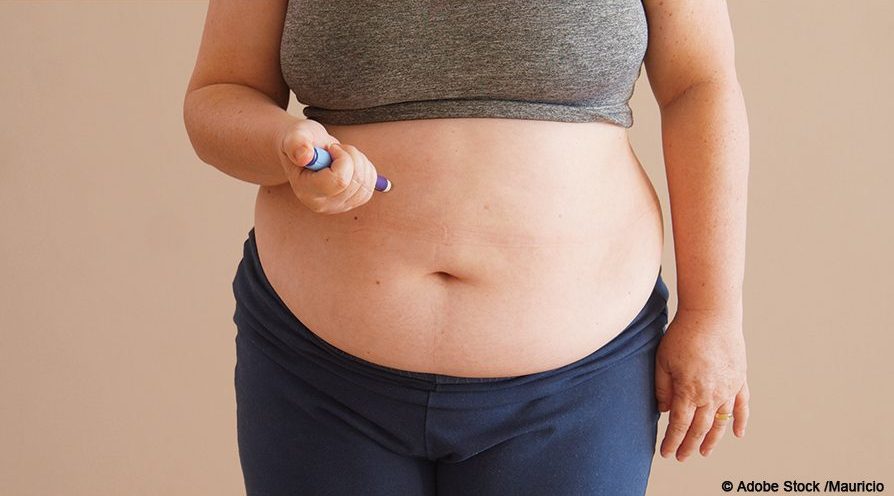Editor Robin Lindsay, gives pointers to help your journey for work-life balance choices a little easier.


Editor Robin Lindsay, gives pointers to help your journey for work-life balance choices a little easier.

PROMs are important in otolaryngology because many of the issues that patients have (e.g., hearing loss, nasal issues, snoring, swallowing, dizziness) have a big subjective component. One of the benefits of performing PROMs is getting a measure of how a patient is doing at that visit, as well as giving the clinician a point of focus, whether it’s a specific physical, functional, or emotional issue.
Compared with watchful waiting, adenotonsillectomy did not significantly improve executive function or attention at 12 months in children with SDB, although those who received the surgery had improved secondary outcomes.

The SDQ is a survey of 15 questions developed for Parkinson’s disease patients but has been validated for patients with non-neurological disorders.

The weight loss drug craze of the last couple of years brings important considerations for otolaryngologists, including how to manage gastric emptying before procedures for patients taking the medications and the possibility of the drugs being a new option for obstructive sleep apnea patients.

As with any powerful new technology, excitement over the real and potential benefits of LLMs within healthcare will need to be continually evaluated against real and potential risks. With the launch of ChatGPT for general usage, the time has arrived to weigh in on this balancing act as more people adopt the technology.
Global Group Reaches Consensus on Laryngopharyngeal Reflux Definition, Diagnostic Criteria
Identified risk factors for perioperative complications and long-term morbidity in infants included intraoperative cardiopulmonary arrest, postoperative cardiopulmonary death, and severe perioperative complications.
Nasolabial flap (NLF) achieved satisfactory results in secondary rhinoplasty of unilateral CLND for patients with nasal tissue deficiencies in whom the surgeon weighed the potential benefits over postoperative scarring.
If writers understand ChatGPT’s strengths and weaknesses, they can harness its power to make their processes more efficient and their products more robust, leveraging the tool to their advantage.